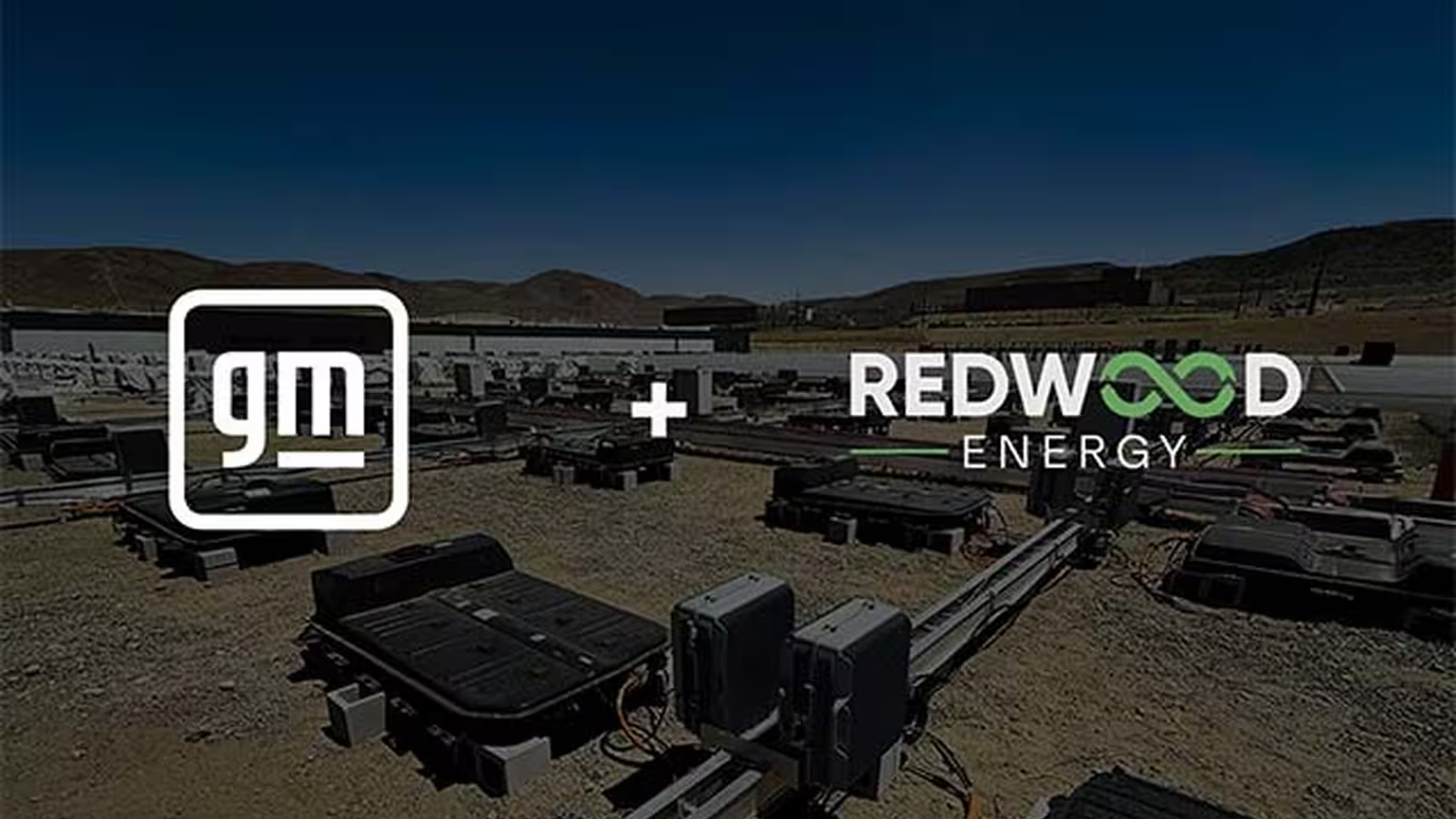3 Minutes
Revolutionizing U.S. Energy Storage with American-Made EV Batteries
General Motors (GM) and Redwood Materials are joining forces to pave the way for advanced, U.S.-built energy storage systems that integrate both newly manufactured GM batteries and repurposed battery packs from GM’s electric vehicles. This pivotal agreement, based on a recently signed memorandum of understanding, signals a milestone in the evolution of automotive battery technology far beyond electric cars.
Innovative Collaboration for Grid Resilience
GM’s partnership with Redwood Materials aims to address the surging demand for grid-scale battery systems and backup power. With electricity consumption expected to soar, especially due to the proliferation of AI-powered data centers and widespread electrification, there’s a growing need for reliable, cost-effective energy storage solutions built on homegrown technology. Kurt Kelty, GM’s Vice President of Batteries, Propulsion, and Sustainability, highlights the importance: “We’re not just advancing vehicles; we’re redefining energy stability for the nation.”
Redwood Energy: Fusing Second-Life & New Battery Tech
In a significant move, Redwood Materials launched its new division, Redwood Energy, dedicated to deploying cutting-edge energy storage systems that utilize both second-life EV batteries and new modules. This unique strategy not only extends the life of valuable battery materials but also ensures fast and affordable power delivery, meeting the extreme demands of industries like AI infrastructure. Under this initiative, GM’s previously used electric vehicle battery packs are already powering one of the world’s largest second-life battery sites and the biggest microgrid in North America—the 12MW/63MWh installation in Sparks, Nevada, designed to support companies like Crusoe.
Driving Sustainable Performance and Market Position
By reimagining the role of lithium-ion EV batteries, GM and Redwood’s approach showcases a clear performance advantage: second-life and newly produced batteries can flexibly support grid operations, offer backup power during outages, and reinforce America’s clean energy goals. This innovation also positions both companies at the forefront of the rapidly evolving U.S. automotive and energy markets, setting benchmarks for sustainability, local manufacturing, and circular economy practices.
Comparing Battery Solutions in the Automotive Sector
While many automakers recycle or discard old EV batteries, GM’s partnership with Redwood stands out by directly integrating these batteries into high-capacity power stations and microgrids. This collaboration not only reduces waste but also boosts the efficiency and value of EV components, giving GM a competitive edge in both mobility and stationary energy applications.
Looking Ahead: The Future of Automotive Energy Systems
With U.S. electricity needs projected to triple for data centers—from 4.4% (2023) to 12% by 2028—the rollout of scalable, American-made energy storage systems is more urgent than ever. GM and Redwood Materials are committed to providing further updates on their collaborative initiatives in 2025, potentially reshaping the intersection of automotive innovation and energy infrastructure for years to come.
Source: electriccarsreport



Comments